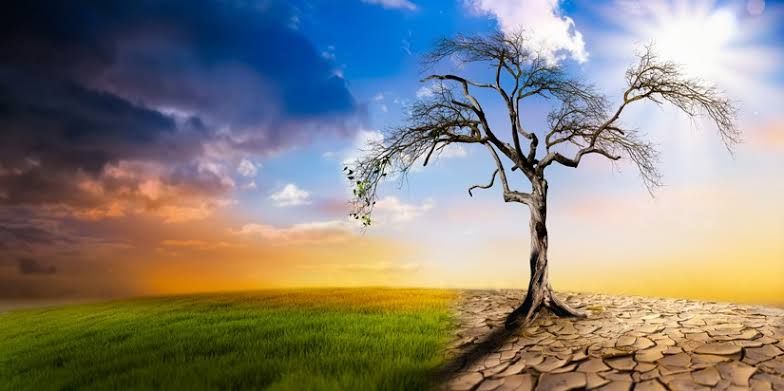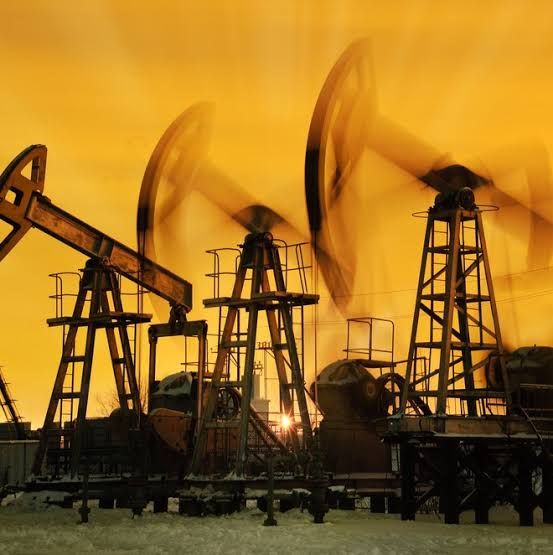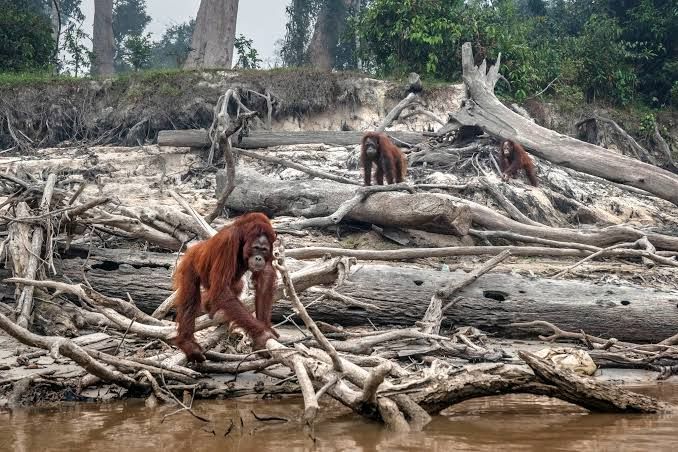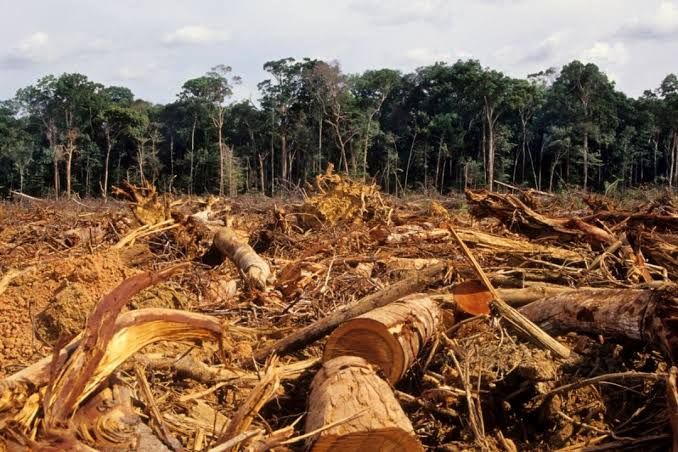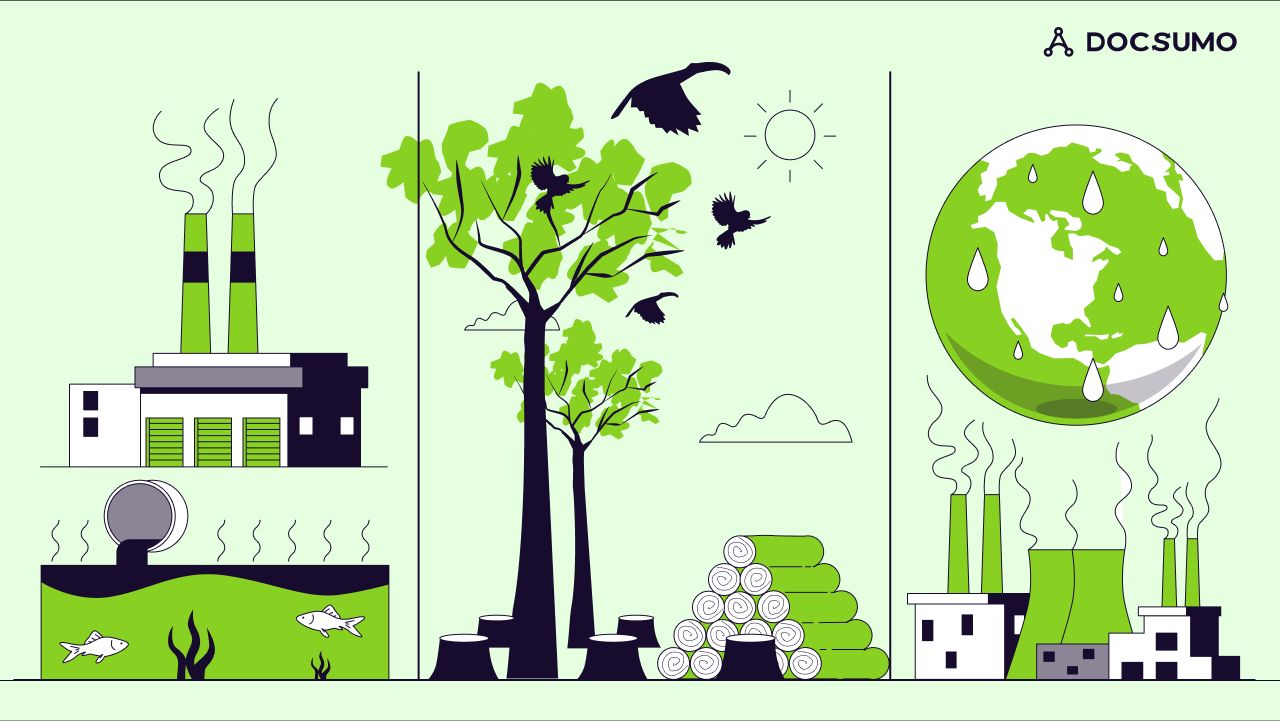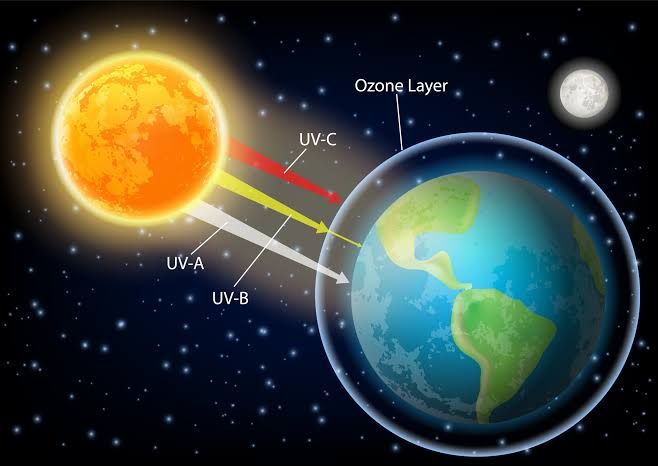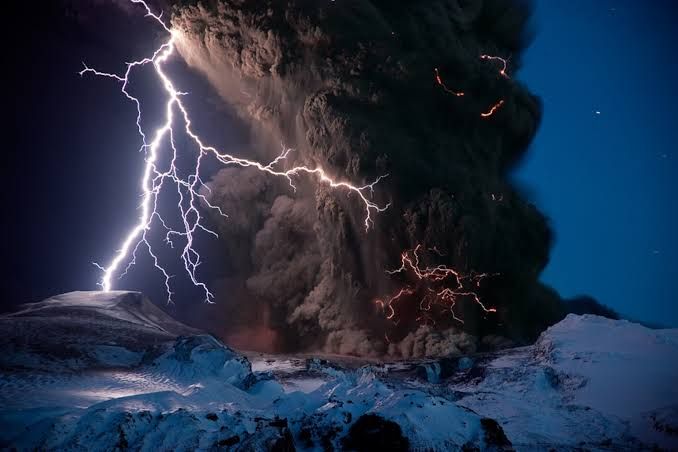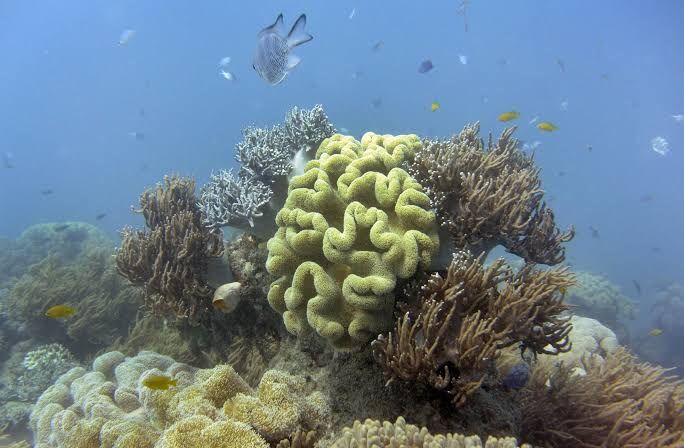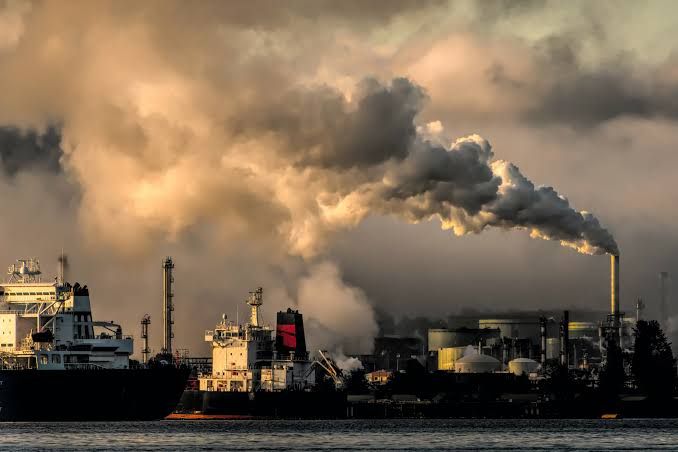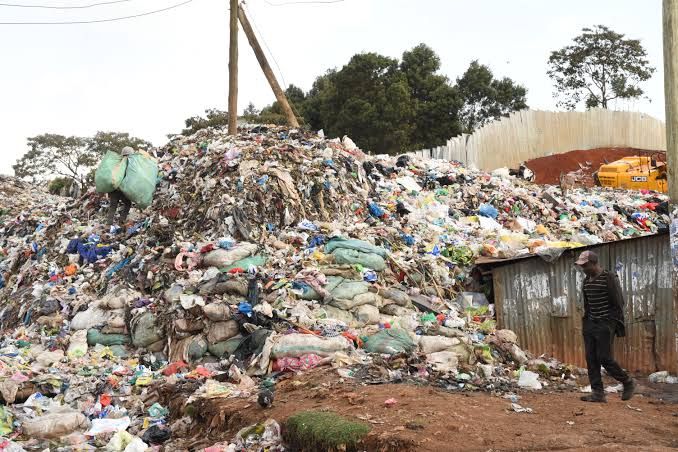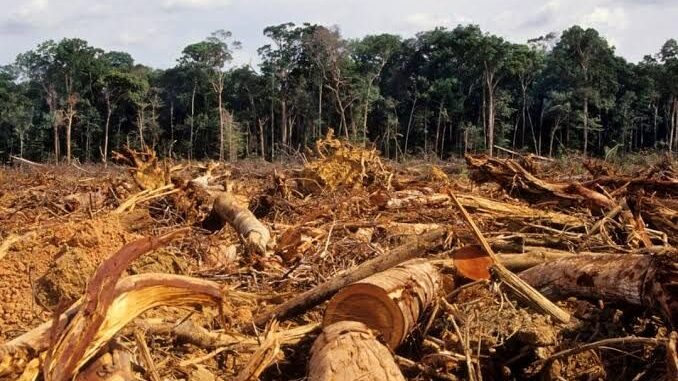
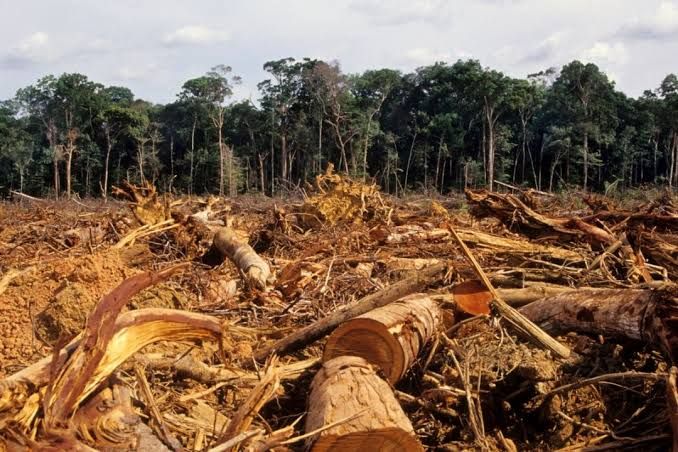

The Earth strikes a careful equilibrium. The environment has an uphill struggle that just isn’t feasible without human collaboration as the population keeps rising while fossil fuel resources are running out. Regretfully, that is only the top of the melting iceberg. Governments all around are noting the overwhelming data that suggests a radical change in the general state of the earth.
New government laws and action have enabled us to significantly advance environmental preservation over decades. Still, the world is seeing rising temperatures, which fuels extreme storms, flooding, drought, wildfires, and more.
List Of Top 10 Biggest Environmental Problems 2024
1. Climate Change
Unquestionably, temperatures all around the world are changing; chances are you have encountered this in some form. That may be something as basic as an increase in your company’s electricity bills as you try to heat your property on a frigid day or an unseasonally warm day deep into winter. Still, climate change goes much, far deeper than that. Rising ocean levels and more crop failures as well as the melting of the polar ice caps and decreasing glaciers at the poles all have negative effects on the general quality of human life.
2. Fossil Fuel Consumption
One decreasing resource is fossil fuels. Often what we consider when it comes to commercial gas and power sources are the traditional fuels of coal and oil, which have been used for more than 150 years. As you may well know, though, fossil fuels are just not sustainable. They are limited; while conservative projections from Stanford University indicate that we still have until 2090 until the last drop of fossil fuel is consumed, it is now that we should start looking at renewable energy sources. Moreover, the speed at which fossil fuels are not only utilized but also exploited raises serious issues, particularly considering industry’s ongoing growth and the exponential rate of global development.
3. Reduced Biodiversity
Biodiversity guarantees that humanity may thrive on not just a beautiful but also a functional world given the variety of plants and animals existing on Earth. Simply said, a decrease in global biodiversity indicates that the human race would not be able to carry on as it does now. The animal and plant realms are entwined in such a complicated array of ways that two species depending on one another for survival cannot always be clearly related. For example, although most people link bees with pollinating various plants, several subspecies of insects also carry vital roles. As biodiversity declines, all of these are in danger and we can thus lose access to many food sources all around.
4. Deforestation
Deforestation all throughout the world is a major urgent problem that greatly influences Earth’s shifting temperature. Statistics from Conservation.org show that during the 1960s, forest coverage had more than half dropped. Over the past 20 years, an area more than twice the size of the UK has been lost just in Brazil; global logging and deforestation indicates no slowing down here either. Eliminating these trees does not just upset the fragility of nature and ruin ecosystems. For many Indigenous people, trees are the center of their life and commerce; so, deforestation destroys their villages and forces them far from their homes and families. Furthermore among the final defenses the Earth has against the rising atmospheric carbon dioxide levels are trees. Normal conditions allow trees to convert carbon dioxide into oxygen, therefore sustaining the delicate balance of life, improving air quality, and feeding life. Deforestation and disturbance of jungles and forests causes those trees to emit their carbon dioxide back into the atmosphere, hence piling pressure on an already faltering ozone layer. Actually, the WWF believes that 10% of the global warming observed over recent years directly results from deforestation.
The five countries most focused on industry and manufacturing including China, the US, and India contribute nearly half of the CO2 emissions worldwide, per the Global Carbon Atlas. Of course, even more significant scale adjustments are required, hence several governments including some of the bigger carbon-producing nations have agreed to The Climate Pact with net zero targets stated for as early as 2035. One thing to always be aware of, though, is that everyone has a carbon footprint and, although bigger companies surely have more influence, there are actions you and your company may take.
6. Damaged Ozone Layer
Simply said, the ozone layer is Earth’s screen from damaging UV light, therefore shielding us from the Sun’s whole power. Without it, life as we know it would shift fundamentally and the temperature of the Earth would rise astronomically. Recent years have seen humans using ozone-damaging chemicals and compounds (such as aerosols, or large-scale appliances like refrigerators or air conditioners), so fraying and tearing the delicate fabric of the ozone layer and allowing dangerous rays to pass through holes. Fortunately, the newly adopted Montreal Protocol has helped the ozone layer to begin to heal, therefore repairing the delicate veil that shields us.
7. Extreme Weather
This covers all from typhoons and monsoons to droughs and intense heat. Extremes of weather are growing more and more frequently as the temperature of the earth rises; according to International Monetary Fund studies, these will only become more frequent. Along with increasing sea levels and melting polar ice caps, higher temperatures decade-on-decade since as far back as 1850 will probably become very normal. Businesses and customers alike might, nonetheless, take actions to guarantee that they are having as great a good influence as they could wish.
8. Coral Extinction
About a billion people worldwide depend on coral reefs for food, industry, and their livelihoods; they are a habitat for a quarter of all marine species. Furthermore, the National Ocean Service claims that over half of our world’s oxygen comes from the ocean; this fact is sometimes disregarded when one considers the welfare of our seas. With the famous Great Barrier Reef about half the size it once was, the health of coral worldwide has been declining for over thirty years. And given its position as one of the biggest natural oxygen providers and habitat for an extraordinarily varied spectrum of species, that raises serious issues.
9. Air Pollution
One of the main environmental problems of 2024 is different pollutants and chemicals that throw off the equilibrium of our air; they pose great risk. Furthermore, the World Health Organisation believes that 99% of the world’s population breathes in contaminated air, even if it’s easy to believe that air pollution won’t adversely impact you. A few elements exist that compromise the general purity and quality of the air around us. Along with busy roads and airports, big companies using fuels like coal or oil that burn and spew contaminants also contribute significantly. Furthermore, air pollution is not only a direct threat to human existence but also a major driver of global climate change.
10. Overflowing Landfills
With the UK alone generating an estimated 222.2 million tonnes of rubbish annually, landfill all around the world is already reaching bursting points. And as this trash accumulates, it clearly is severely taxing the ecosystem as well as humans. Waste-related problems often flow into other environmental problems such toxic run-off from landfill leaking into the sea and rivers, therefore contaminating seas, destroying ecosystems, and causing rising sea levels. Even if recycling programs have lately gotten very ingrained in society, more has to be done to guarantee that we do not overpoll our earth.
